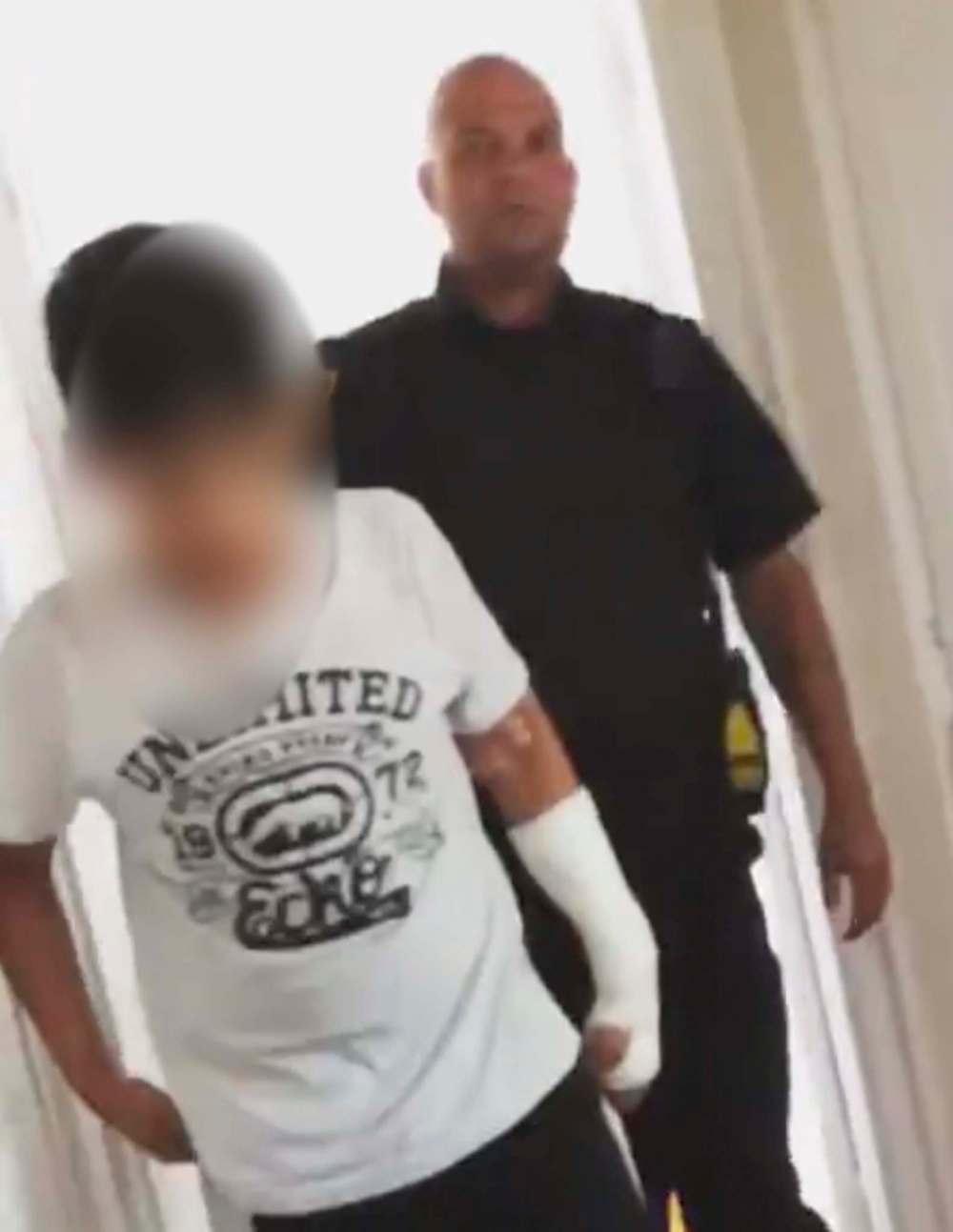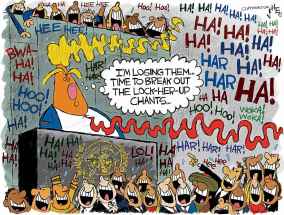Officer’s prosecution lacked diligence
Read this article for free:
or
Already have an account? Log in here »
To continue reading, please subscribe:
Monthly Digital Subscription
$0 for the first 4 weeks*
- Enjoy unlimited reading on winnipegfreepress.com
- Read the E-Edition, our digital replica newspaper
- Access News Break, our award-winning app
- Play interactive puzzles
*No charge for 4 weeks then price increases to the regular rate of $19.00 plus GST every four weeks. Offer available to new and qualified returning subscribers only. Cancel any time.
Monthly Digital Subscription
$4.75/week*
- Enjoy unlimited reading on winnipegfreepress.com
- Read the E-Edition, our digital replica newspaper
- Access News Break, our award-winning app
- Play interactive puzzles
*Billed as $19 plus GST every four weeks. Cancel any time.
To continue reading, please subscribe:
Add Free Press access to your Brandon Sun subscription for only an additional
$1 for the first 4 weeks*
*Your next subscription payment will increase by $1.00 and you will be charged $16.99 plus GST for four weeks. After four weeks, your payment will increase to $23.99 plus GST every four weeks.
Read unlimited articles for free today:
or
Already have an account? Log in here »
Hey there, time traveller!
This article was published 27/09/2018 (2633 days ago), so information in it may no longer be current.
The identity of a police officer who was digitally recorded before an assault on a child is apparently a mystery. But a larger mystery, and one which the provincial justice department would do well to solve, is why the officer’s identity was not established in court.
Christian Paul Guyot, 44, was acquitted Wednesday of assaulting a 12-year-old boy. The case centred on a short cellphone video the boy’s sister recorded when two officers were called to an Inkster Boulevard home.
On the video, which is available for viewing on news websites, including winnipegfreepress.com, a uniformed officer raises his arm to hit the boy. The video doesn’t show the actual assault, but records the sound of a skin-on-skin blow.

Judge Ryan Rolston didn’t doubt the officer on the video assaulted the child: “In what appears to be a shocking degree of lack of self-control, the male officer evidently strikes a young boy who has been mouthing off at him.”
But who was the officer on the video? The judge said he wasn’t given enough evidence to say for sure.
It was the responsibility of the Crown prosecutor to try to convince the judge that the videoed officer was the accused officer, and this is where the case fell apart, according to the judge.
Prosecutors are trained in the fundamentals of establishing evidence, and this case would seem as easy as one-two-three. 1) Establish whether Guyot, the accused, is a police officer. 2) Introduce as evidence the police duty log to establish whether he was working Aug. 7, 2017, and responded to this call. 3) Call as a witness the female police officer who was present during the assault and ask her whether Guyot was her partner on the call, and whether she saw him assault the child.
Crown attorney Kaley Tschetter attempted none of this. She showed the video and asked the judge to decide for himself.
And because of a prosecution effort that appeared to observers as tepid, the judge said he lacked the evidence to conclude Guyot was the officer on the video: “What I cannot do is say that that definitely is the man without something more by way of confirmatory evidence.”
After the trial, as Guyot celebrated with his two defence attorneys, a news reporter asked the prosecutor why she didn’t call more evidence. She declined to comment and directed the reporter to the provincial justice department, which is her employer.
Late Wednesday, an anonymous spokesperson for the justice department responded to the question with a written statement that was frustratingly vapid, beginning with the sentence “It would be inappropriate to go into detail about the evidence of particular witnesses on a specific case.”
Dodging the question is not good enough. The question is not about the evidence of particular witnesses. The question is why the representative of the justice department didn’t follow routine prosecution practice and call evidence that could link Guyot to the officer in the video.
The question is particularly pertinent because the accused is a police officer. The public needs to see prosecutors are neither more lenient nor more harsh when the accused wears a law-enforcement badge.
In court cases, the Crown represents “the people.” In this case, the people want to know why justice was not seen to be done.









